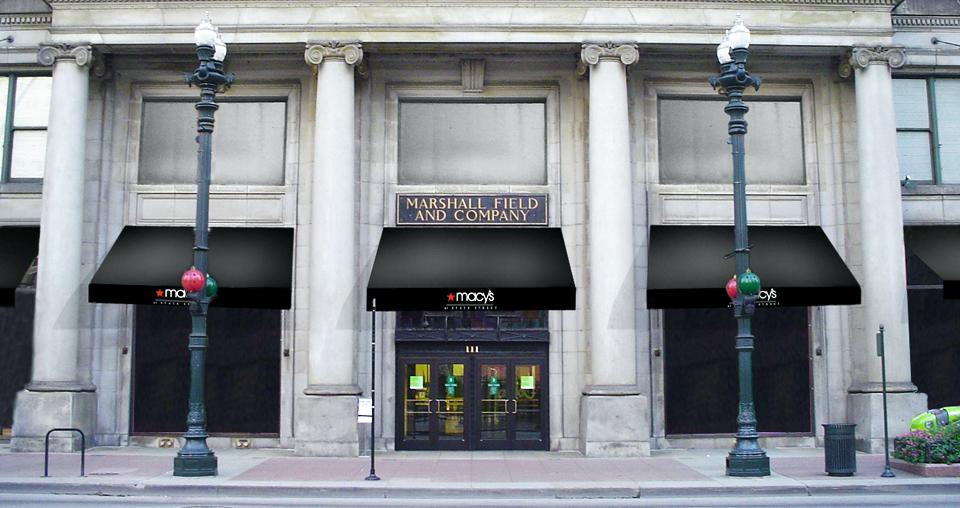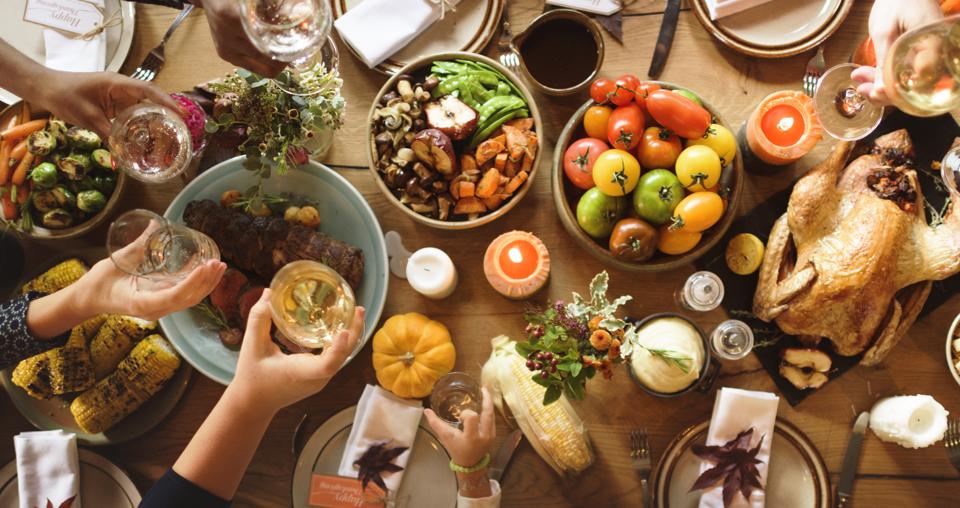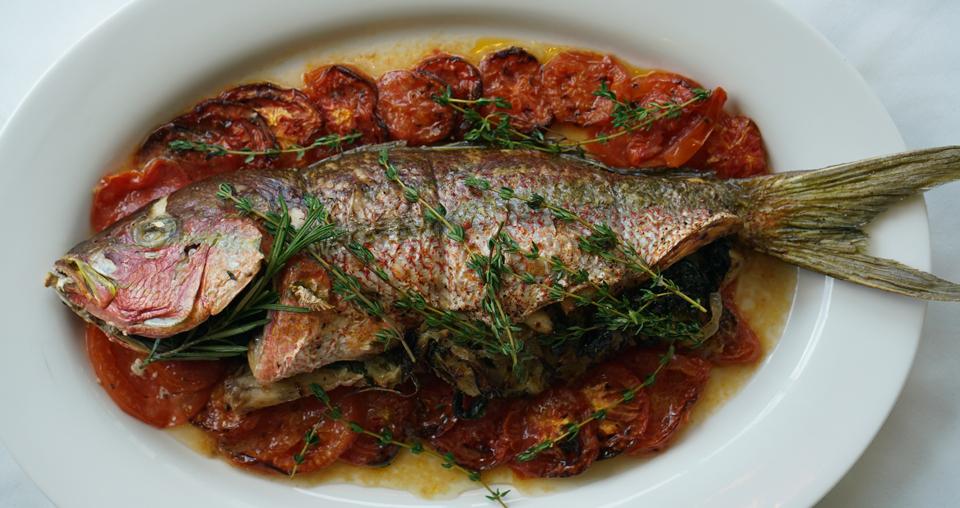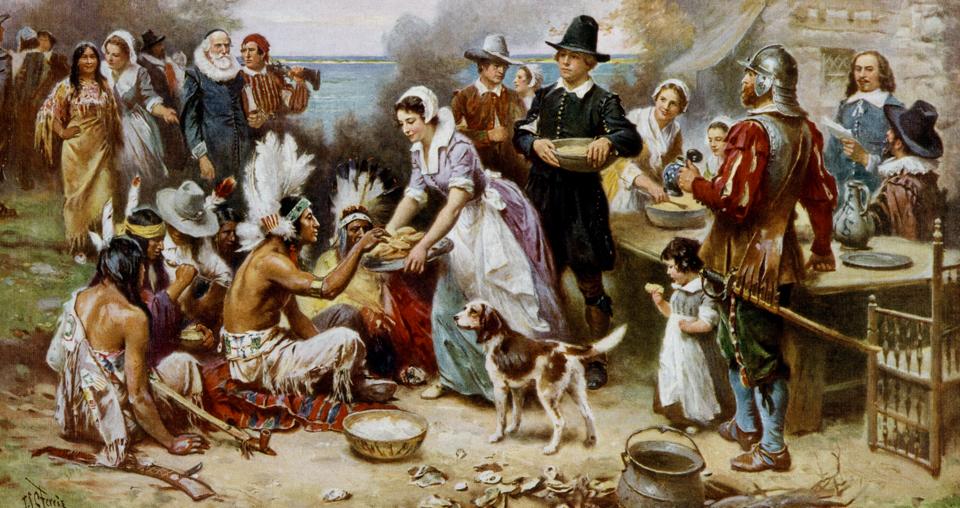
The Origins of Thanksgiving
Article
On Thursday, Nov. 28, 2019, Americans will celebrate Thanksgiving Day. Many millions will launch their festivities by watching the Macy’s Thanksgiving Day Parade, either on television on NBC or, in person, in New York City. The Macy’s Thanksgiving Day Parade has become an all but essential aspect of celebrating the national holiday in the United States, but Thanksgiving and the ways in which it is marked and honored have a long and storied background.
Fall Harvest Celebrations in Antiquity
The American version of Thanksgiving took root in the New England colonies in the 1600s, but the origins of the concept extend back to the Pilgrims’ and Puritans’ English homeland where fasting during difficult times and feasting to celebrate and offer thanks to God during fortunate periods were common practices. In fact, annual celebrations of the harvest extend across eons and various cultures. After the fall harvest, ancient Egyptians, Greeks and Romans would feast and pay tribute to gods. Ancient Jews celebrated the harvest with a festival called Sukkot. And Native Americans celebrated the fall harvest with feasts and festivities long before the arrival of Europeans.
Thanksgiving’s Beginnings in the New World
While not all historians agree on the details, the consensus is that Thanksgiving in America got started in 1621. In the fall of that year, the Plymouth colonists and Wampanoag Indians gathered together to enjoy an autumnal feast celebrating the harvest. Thereafter, for more than two centuries thanksgiving days were celebrated by different colonies and states in a variety of ways.
An official Thanksgiving holiday wasn’t established until 1863 when, during the Civil War, President Abraham Lincoln proclaimed a national Thanksgiving Day that would be held annually in November.
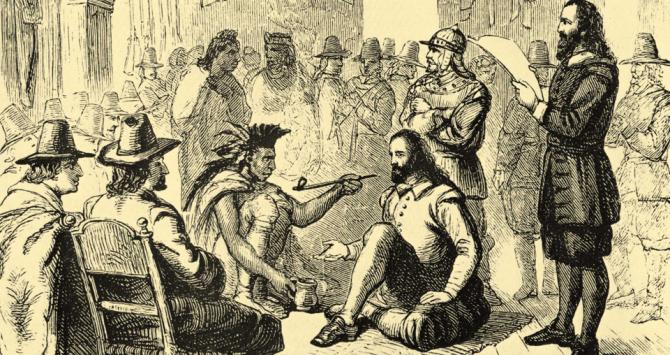
Roots of the Plymouth Thanksgiving
In September 1620, a compact ship named the Mayflower set forth from Plymouth, England with 102 passengers, some of whom sought a new homeland in which to freely practice their religion and others who sought wealth and land. After a treacherous 66 day-long voyage, they entered Massachusetts Bay near the tip of present-day Cape Cod, set anchor at Provincetown Harbor in November and spent the next month exploring Cape Cod. In December, they determined that they would build a village on the shore near Plymouth while still living aboard their ship throughout the brutal cold months.
Only half the original passengers and crew lived through their first New England winter. In March, the survivors moved from the ship to land, where they were greeted by an Abenaki Indian who spoke English.
He brought another Native American with him—Squanto, a former slave to an English sea captain in London, who taught the sick and starving Pilgrims how to grow corn, extract sap from maple trees, catch fish in local rivers, stay clear of poisonous plants and ally themselves to a local Native American tribe, the Wampanoag.
In November 1621, Governor William Bradford arranged a feast to celebrate the Pilgrims’ successful corn harvest, inviting their Native American allies, among them the Wampanoag chief Massasoit. The celebration lasted three days and today, is acknowledged as the first Thanksgiving. Though the precise menu was never documented, one chronicler of the time wrote that fowl and deer were part of it. Many historians believe that many dishes were prepared using Native American spices and cooking approached. The feast did not feature any desserts.
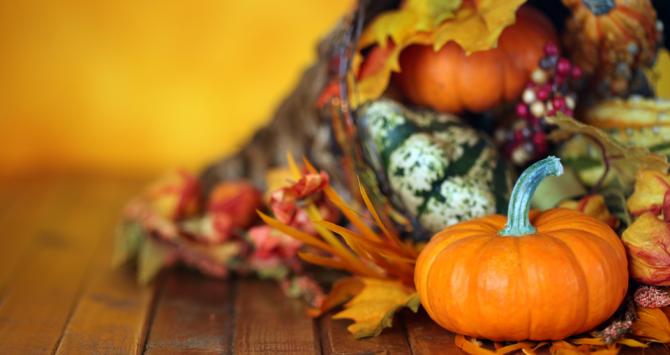
The Official Thanksgiving Holiday Launches
The Pilgrims’ second Thanksgiving celebration took place in 1623, marking the end of a long drought that also prompted a religious fasting period. The practice of annual or occasional fasting and thanksgiving days was also adopted by other New England settlements. The Continental Congress designated one or more days of thanksgiving yearly during the American Revolution and George Washington called on Americans to express their gratitude for the happy end to the war of independence and the ratification of the U.S. Constitution by issuing the U.S. government’s first Thanksgiving proclamation. Subsequent presidents, John Adams and James Madison, similarly designated days of gratitude during their tenures.
In 1817, the state of New York and a few other states in the American north officially adopted an annual Thanksgiving holiday but celebrated it on different days. A decade later, Sarah Josepha Hale a magazine editor and writer who authored the classic nursery rhyme “Mary Had a Little Lamb” launched an initiative to establish Thanksgiving as a national holiday. Her editorial and letter-writing campaign to top government officials lasted 36 years until, finally President Abraham Lincoln granted her request.
Thanksgiving Becomes a National Holiday
In 1863, in the middle of the Civil War, President Lincoln issued a proclamation requesting that on the final Thursday in November all Americans ask God to “commend to his tender care all those who have become widows, orphans, mourners or sufferers in the lamentable civil strife” and to “heal the wounds of the nation.”
Thereafter, Thanksgiving was celebrated annually on this day until 1939, when Franklin D. Roosevelt shifted the holiday one week earlier to fuel retail sales during the Great Depression. But the populace heartily resisted his plan (nicknamed Franksgiving) and, as a result, the president signed a bill in 1941 to make Thanksgiving the fourth Thursday in November.
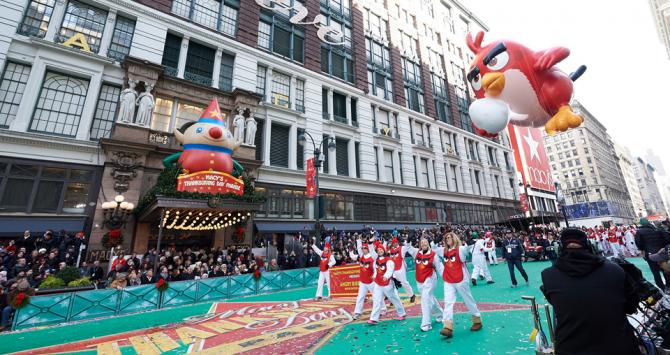
American Thanksgiving Day Traditions
Today, Thanksgiving in most American households is no longer a holiday with religious overtones and is instead focused on meal preparation and gathering friends and family to share a bountiful feast. Turkey has become a meal staple although there is no clear evidence that it was part of the Pilgrim’s inaugural feast. Surveys conducted by The National Turkey Federation have shown that close to 90% of Americans serve the bird on Thanksgiving. The turkey is frequently accompanied by stuffing, mashed potatoes, cranberry sauce, yams and pumpkin pie. Volunteering and participating in community food drives and free dinners for those in need are common activities on Thanksgiving Day—as is parade viewing.
Thanksgiving parades take place in cities and states across the country. The largest and most famous of these is the Macy’s Thanksgiving Day Parade, which has been staged in New York City since 1924 and has become the nation’s most beloved holiday pageant. More than 3.5 million spectators watch the live Parade and over 50 million viewers tune into the television broadcast on NBC. Many thousands also watch the Parade’s giant balloons get filled with helium at the Balloon Inflation event that occurs in Manhattan the day before the Parade.

